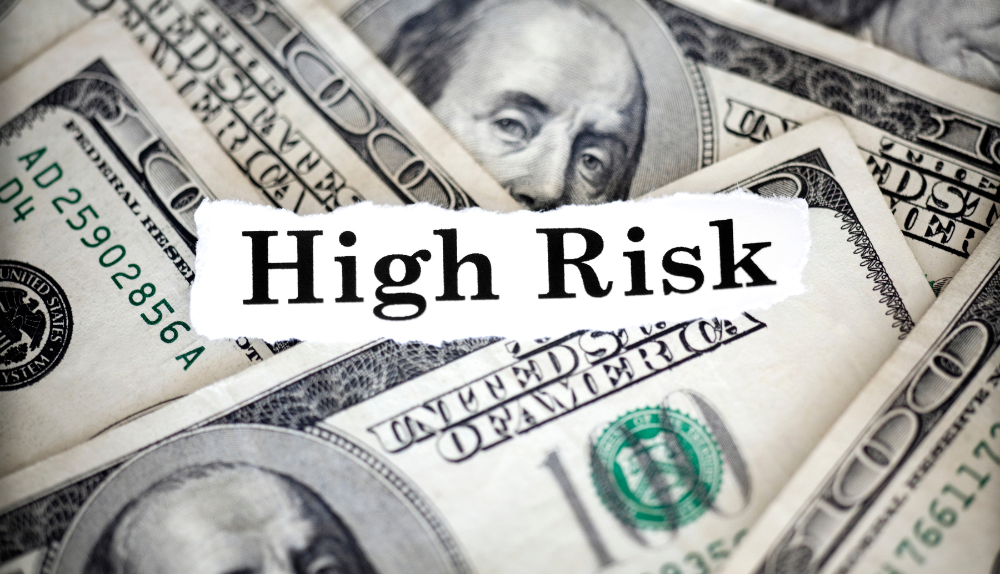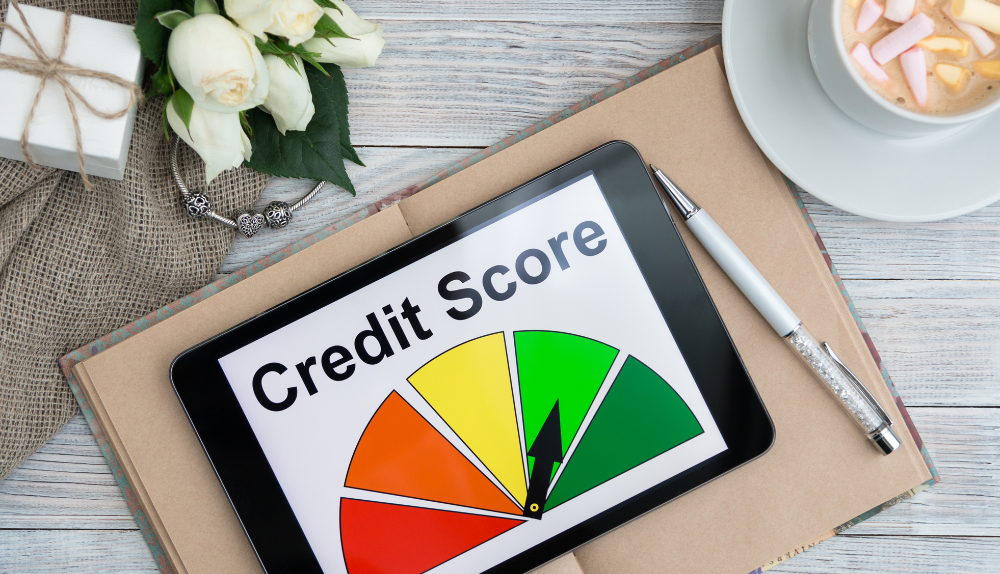
By max April 28, 2023
No business owner can say that they enjoy 100% risk-free operations. No matter the industry you are in and the types of goods and services you sell, your business is exposed to some risk. However, some businesses are classified as high-risk based on the industry they operate in and their odds of financial failure. In this post, we’ve discussed all you need to know about high-risk businesses, how these companies work with payment processors, and what they do to obtain loans, insurance, and other financial products.
What is a High-Risk Business?
In simple words, a high-risk business is one that credit card companies, banks, and financial institutions may consider highly likely to fail. It can be a startup or an established organization that may carry a high risk of operations. These businesses are considered risky in terms of financial exposure.

For instance, a company at an increased risk of chargeback rates is deemed high risk. You will be surprised to know that many businesses that seem ordinary are considered volatile simply because of some common business practices that put them at high risk of financial failure. They don’t even know they are labeled as high-risk until they apply for a merchant account.
Risk Factors that classify your business in the high-risk category:
Industry Type
The industry you operate in is one of the leading factors in classifying your products as high-risk. For example, tobacco, alcohol, vaping products, chemicals, and other substances associated with strict government regulations may find it hard to obtain loans, raise funding, and get insurance. A small issue with the purchase/sale or other operations, and the business will shut down for good.

Other than that, industries with seasonal revenue that tend to be inconsistent throughout the year are classified as high risk. The rate of gold, for instance, fluctuates frequently. Likewise, the demand for certain products might be high in a certain season and fades totally in another season. These companies also fall into the high-risk category.
Business History
If you have been operating a business for some time now, the processors or lenders may view your operating history to determine your business’ growth rate and overall management. They will review your chargeback ratio, growth, customer satisfaction, and your financial status and performance to figure out whether you should be granted the loan or other forms of financial assistance.
Your processing history volumes about your brand’s image. A consistent business with a high chargeback ratio, for instance, is considered high risk because there must be a reason why customers are issuing disputes against charges. These little factors play a significant role in classifying your business as either consistent or risky.
High Chargeback
Most banks and financial entities keep a chargeback threshold, which a company shouldn’t exceed if it doesn’t want the high-risk label. For instance, a bank might keep a 1% chargeback ratio as the maximum limit for a month. Or, they might use the chargeback in dollars to determine if the company has received too many chargebacks to be considered consistent.
Note that your merchant account can be terminated if you exceed the chargeback threshold. Fortunately, you will find financial institutions that will make an exception for you. They have a limit for the chargeback ratio of up to three percent, which is often sufficient for a business exposed to financial risk.
Your Credit Score
Your credit score is another factor that determines your business’ risk level. Here, your personal credit score matters as much as your business’ credit score. Your business might be identified as a separate legal entity, but a financial institution might still evaluate your personal credit score before lending your business money or approving your insurance application. Pay your bills on time and clear your dues to improve your credit score. The better your credit score, the lesser the chances your business will be considered highly volatile.

Bank Statement
When assessing your business’ risk level, the financial institution will likely order your bank statement to check your financial health. It gives people a clear picture of the total capital you can raise when expanding your business, your savings, and other methods you have adopted to minimize your risk of bankruptcy. Not only to determine your risk level, but a bank statement helps businesses know the size of loan they should approve for your company.
Examples of High-Risk Industries
You can evaluate your business’ risk level by calculating the above factors. As mentioned above, the risk assessment factors may vary from one bank to another. But, a few businesses that are considered risky by most banks and insurance providers are:
- Credit repair companies
- Tobacco, drug, and alcohol manufacturers, suppliers, and retailers
- Adult content or products
- CBD
- E-cigarettes and vaping products
- Tech support
- Gambling
- Debt collection
These are just to name a few. Many such companies that deal in products and services that are taboo or were once taboo are considered risky.
Assessing the risk levels of a business is the bank’s top priority. When you collaborate with a payment processor, you are supposed to stay within the chargeback threshold set forth by these institutions.
Failure to do that will result in your contract termination, as no payment processing company or bank is willing to handle unnecessary liability. When a merchant fails to provide customers with their desired product, the customer may issue a chargeback. Even if the company wins the chargeback dispute, it will negatively affect its image.
How to Know If Your Business is Classified as High-Risk?
Now that you know the factors used to determine the risk level of your business, you can easily know whether your business is considered high risk. Here’s how to assess the risk level of your business.
- Do you operate in an industry that’s heavily regulated by the government and state authorities?
- Where does your business stand in terms of financial status?
- What payment methods do you accept and do they carry high transactional risk?
- What is your chargeback ratio—in percentage and in dollar amount? Check with the bank to know the threshold for cashback and see if you are below or above that average.
- Request banks to give you a copy of your credit score and see if it’s good, bad, or average.
How Can You Prevent Being Labeled as a High-risk Business?
Being a high-risk business doesn’t necessarily mean a negative label. It simply implies that your business fails to meet the standard bank’s criteria for risk assessment. Sadly, there’s no way you can remove that tag from your business without changing an important part of your company and how it operates.
For instance, an alcohol or e-cigarette dealer might be labeled as high risk and unfortunately, there’s nothing they can do about it, except stop selling the product altogether. The reason they are considered risky is their industry type. Still, there are a few things that can be done to prevent being labeled as high-risk. We’ve mentioned them below.
Manage Your Chargeback Ratio
You can’t change the industry type you operate in and the products or services you sell, but you can certainly control a few factors, like the chargeback ratio. Monitoring the number of chargebacks you get every month and taking steps to avoid them can help improve your credibility, thus lowering the risk.
You can strengthen your payment system by integrating 3D Secure programs, CVV, and other security factors to avoid chargebacks and reduce the risk of fraud. Remember, your chargeback ratio matters more than anything, especially in this digital world where customer satisfaction is every business’s top priority. Customers may not want to do business with a company that reports a large number of chargebacks monthly.
Improve Your Credit Score
It goes without saying that your credit score plays an important role in determining whether your business is considered high-risk or not. A poor credit score may increase your risk levels dramatically. Improving this score requires patience and effort from the customer’s end, as paying your bills in a timely manner and clearing all your debts can take a toll on your financial health.
Maintain a Good Cash Flow
Banks and financial institutions may also look at your cash flow to determine the financial status of your business. Based on this, they determine whether or not your business falls in the high-risk category. A lender won’t invest in a firm that has inconsistent cash flow, as they might assume that the company might go bankrupt if it keeps on borrowing debt.
Then again, maintaining cash flow might seem pretty challenging. It may not always be possible to have sufficient capital to run your day-to-day business operations smoothly. Making changes to your company’s expenses and extending your sources of revenue are a few ways you can improve your cash flow.
Bottom Line
A High-risk business is not always unhealthy. In fact, a vast majority of businesses classified as high-risk operate normally and generate a stable source of revenue regularly. These businesses thrive well when the team understands the latest government regulations, trends, financial stability, and other factors.
